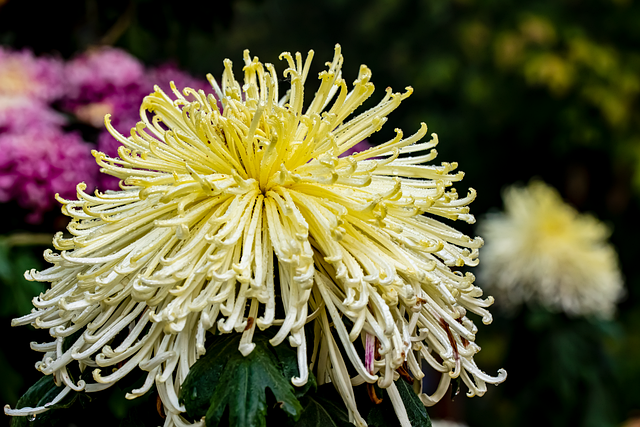Mold growth, a health and structural hazard, can be tackled naturally with salt and sunlight, an eco-friendly alternative to harsh chemicals like bleach. Salt draws moisture from spores, while sunlight's UV rays destroy them, preventing recurrence. This cost-effective method is superior to vinegar vs bleach for mold removal, offering a safe, non-toxic solution effective against various mold types.
“Uncover natural solutions to combat mold growth with a focus on salt, sunlight, and vinegar vs bleach. Understanding mold’s impact on health and structures is crucial. This guide explores effective, eco-friendly methods to eradicate mold.
We delve into the science behind salt and sunlight as potent mold removers, offering simple yet powerful strategies for home owners. Additionally, a comparison between vinegar and bleach shines light on the most efficient natural alternatives for mold control, providing you with tools to create a healthier environment.”
- Understanding Mold Growth and Its Impact
- Natural Solutions: Salt and Sunlight as Mold Removers
- Vinegar vs Bleach: A Comparison for Effective Mold Control
Understanding Mold Growth and Its Impact

Mold growth is a common household issue, often hidden behind walls or in damp areas, and it can have severe health implications. Understanding how mold proliferates is key to effective prevention and treatment. Mold thrives in dark, moist environments, feeding off organic matter and releasing spores that travel and settle in new areas. This explains why basements, bathrooms, and kitchens are common hotspots for mold development. When left unchecked, mold not only damages structures but also poses risks to human health, causing respiratory issues and allergies.
When comparing traditional methods like bleach to natural alternatives such as salt and sunlight, the latter offer a safer and eco-friendly approach. Bleach is effective against mold but can be harsh on surfaces and release toxic fumes when mixed with water. In contrast, salt and sunlight are gentle yet powerful tools. Salt draws moisture out of mold spores, inhibiting their growth, while sunlight’s ultraviolet rays destroy the spores themselves. This natural process not only prevents mold from returning but also eliminates potential health risks associated with chemical treatments. Moreover, using salt and sunlight is cost-effective and environmentally friendly, making it an attractive alternative to vinegar vs bleach for mold removal.
Natural Solutions: Salt and Sunlight as Mold Removers

Natural Solutions: Salt and Sunlight as Mold Removers
When it comes to tackling mold, many reach for conventional chemicals like bleach, but there’s a powerful, natural alternative that’s often overlooked—sunlight and salt. This dynamic duo offers an eco-friendly approach to mold removal, presenting a viable option for those seeking vinegar vs bleach for mold. Salt, with its antimicrobial properties, can effectively inhibit mold growth, while sunlight, as a natural disinfectant, further weakens and eliminates mold spores.
This simple yet effective method leverages the power of nature’s elements. Spreading salt on affected areas before exposing them to direct sunlight creates an environment hostile to mold survival. Regularly repeating this process over time can significantly reduce mold presence, making it a cost-effective and non-toxic solution for various mold removal needs.
Vinegar vs Bleach: A Comparison for Effective Mold Control

When it comes to tackling mold, two commonly debated methods are vinegar and bleach—both offering unique advantages in the quest for a mold-free environment. Vinegar, a natural and eco-friendly option, has gained popularity due to its antimicrobial properties. It’s particularly effective in hard-to-reach areas as it’s able to penetrate surfaces and disrupt mold growth at its source. This makes vinegar an excellent choice for preventive measures, especially in humid spaces like bathrooms or kitchens.
On the other hand, bleach is a powerful chemical that has long been trusted for its effectiveness against various germs and fungi. It’s highly effective in killing mold spores, making it ideal for severe cases where a rapid solution is needed. However, bleach can be harsh on surfaces and may require additional protective gear during application. In terms of coverage, bleach might not penetrate as deeply as vinegar, making regular maintenance crucial to prevent future mold growth. Therefore, understanding the strengths of each method allows homeowners to make informed decisions based on their specific needs, ensuring an effective mold control strategy using either vinegar or bleach for mold removal.
